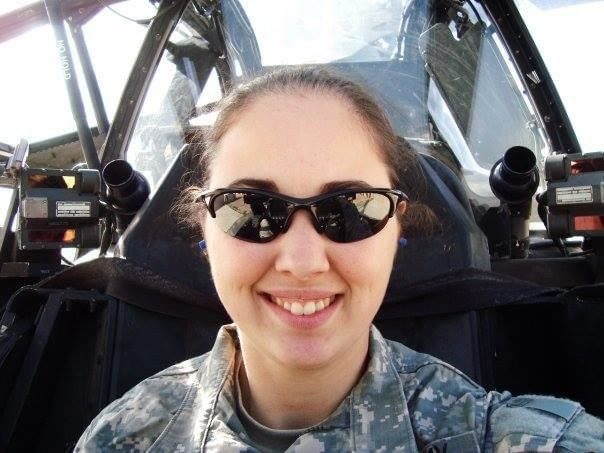There are people who work for a company and there are people who inspire change. Game Changers, a limited series, highlights employees who are reimagining the way we work and support our customer’s missions.
Meet Lockheed Martin’s Game Changers.

As a young girl living in Cuba, Clara wanted to change the world. Her passion for helping others and her curiosity in physics led her to pursue a career in science.
When Clara was 16, she and her family fled to the United States in search of a better life where she quickly learned English by watching classic sitcoms and eventually became valedictorian of her graduating high school class. She continued her STEM journey at the University of Central Florida which led her to a position at Lockheed Martin, where she has excelled in her field for nearly two decades.
Clara’s impact at Lockheed Martin spans beyond our products and our people. She hopes to be an example for the next generation of Latina women who are interested in choosing a career in STEM through her advocacy, college outreach and breaking barriers within the workplace.
Jake’s commitment to ensuring our customers stay Ahead of Ready is personal. Jake attended West Point for four years and became a commissioned officer in the U.S. Army in 2009. He deployed to Afghanistan as a Platoon Leader in March of 2011.
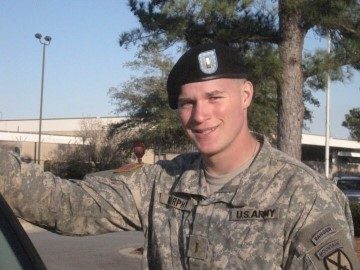
It was there that Jake’s life changed in an instant. On July 23, 2011, Jake went on patrol in Kandahar to conduct an intense three-day search when he stepped on an improvised explosive device (IED) meant for a truck, resulting in traumatic injuries and the loss of both of his legs. He remembers a few specific details of the explosion, like the BLACK HAWK® helicopter that helped him escape further danger and gave him the chance to retell what he calls his “alive day.”
It was a long journey to recovery and getting acquainted with his new normal but Jake’s familiarity of having the right capabilities in combat motivated him to continue serving his country from a different perspective. When Jake began his career at Lockheed Martin, he was impressed by the talented engineers and innovative technologies our company develops, as well as the support and resources available for the veteran workforce who have used our systems in real-world scenarios.
Now, Jake leads a team to ensure PAC-3 remains unmatched for our customers amidst increasing global demand for the world’s most advanced air defense missile. He also participates in Lockheed Martin Missiles and Fire Control’s new hire orientation where he shares his story and offers his unique perspective on the importance of staying focused on the mission.

More than a decade has passed since his “alive day” but when Jake looks at the Purple Heart and Bronze Star he received for his valor, he reflects on the brave men and women who never made it back home, some of whom were close friends of his. He continues his work for them and the thousands of men and women who fight for our freedom every day.
Barry vividly remembers launching model rockets into the sky on his grandparents' farm in Oklahoma and an eye-opening family trip to NASA’s Kennedy Space Center (KSC) when he was child. He thought he’d grow up to be a banker like his father, however, while studying Finance at the University of Central Florida (UCF) and volunteering side by side with Lockheed Martin engineers, new career aspirations were inspired, leading him to his dream job at the company on the Artemis program team and dedicating his life to growing future STEM talent within his community.
In high school, Barry and his family moved to Florida where he joined a FIRST® Robotics Competition team and landed a part-time job as an educator at the KSC Visitor Complex. He taught students about the future of NASA and the new Orion spacecraft that was poised to take humans into deep space. As part of the education program, Barry gave hundreds of students a paper model Orion and on it read ‘Lockheed Martin,’ one of several signs throughout his time at KSC that emphasized the company’s commitment to the space industry.
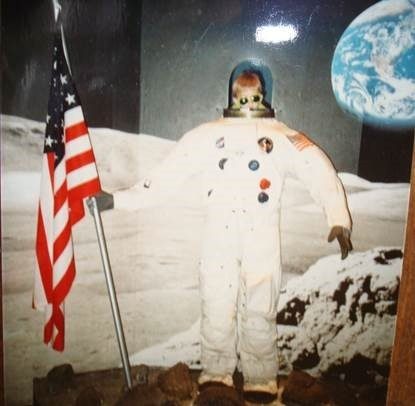
While attending classes at UCF (also known as “Space U”) and working at the KSC Visitor Complex education department, Barry volunteered with FIRST Robotics Competition team in its rookie season, known as Exploding Bacon. The team was also sponsored and mentored by Lockheed Martin and several of its engineers. With the support and advice from one of the Exploding Beacon mentors, Barry landed an internship with Lockheed Martin and is now the production planner on the Orion spacecraft heatshield. Barry’s mission is to keep the crew safe upon Earth re-entry as the astronauts return from the Moon.

Barry’s commitment to furthering space exploration puts the world one historic step closer to pushing the boundaries of innovation. This mission also signifies a huge leap for aspiring and underrepresented astronauts. The Artemis II crew will include Christina Koch, Victor Glover and Jeremy Hansen, who will be the first woman, person of color and Canadian to travel around the Moon, respectively. Commander Reid Wiseman will lead all four of them farther from Earth than any human has traveled previously.

The boundless future of space fuels Barry’s passion of sharing his exciting career journey to influence and attract future talent. During his free time, Barry gives back by coaching his local robotics team, teaches robotic concepts and is the master of ceremonies for FIRST Robotics Competitions. Barry’s ultimate goal is to make science fun and pay it forward to those who inspired his career by inspiring the next generation of STEM students.
To learn more about Lockheed Martin’s commitment to STEM education, click here.
Joe’s love for aviation took flight during childhood. Growing up in Maryland, Joe loved to visit aerospace museums and air shows with his grandfather, an aviation enthusiast who hoped he could pique his grandson’s interest in the world above ground. During trips to the National Air and Space Museum in Washington, D.C., they dreamt about flying together... a dream that turned into reality when Joe became an engineer at Lockheed Martin and took his passion for aviation to new heights.

Joe attended DePaul University in Chicago where he excelled in his studies and received a Bachelor of Science in Computer Science with a Game Programming concentration. Shortly after graduation, he landed a role at Lockheed Martin as a software engineer. Today, Joe works as a trainer on the Prepar3D ® team, helping pilots learn to fly aircraft through virtual simulation. Lockheed Martin’s Prepar3D software allows pilots to train in a safe environment and practice critical lessons before going out into real-world scenarios.

But Joe wanted to take his love of aviation a step further. He wanted to truly understand what pilots would experience when they stepped out of the simulators and took to the skies. So, after 48 flight hours of education, practice and planning, Joe passed the final checkride test in order to receive his private pilot’s license in 2022. One of the first and most important rides of his aviation career was with his grandfather through the Shenandoah Mountains, bringing their dream to fly together full circle.
In 2022, Joe’s passion for flying intersected with his commitment to training our customers. As part of his mission to make flying accessible to everyone, Joe created a YouTube channel where he shares tips to become a pilot, aerial footage of his travels and tutorials on how to use Prepar3D.

Joe’s hope for the future is that the contributions he makes at Lockheed Martin change the standard in the industry and inspire STEM students to pursue their dreams. The need for diverse representation in this field is a driving force in his life, to not only push the boundaries of innovation but to empower others to take bold action and realize that aviation is for everyone.
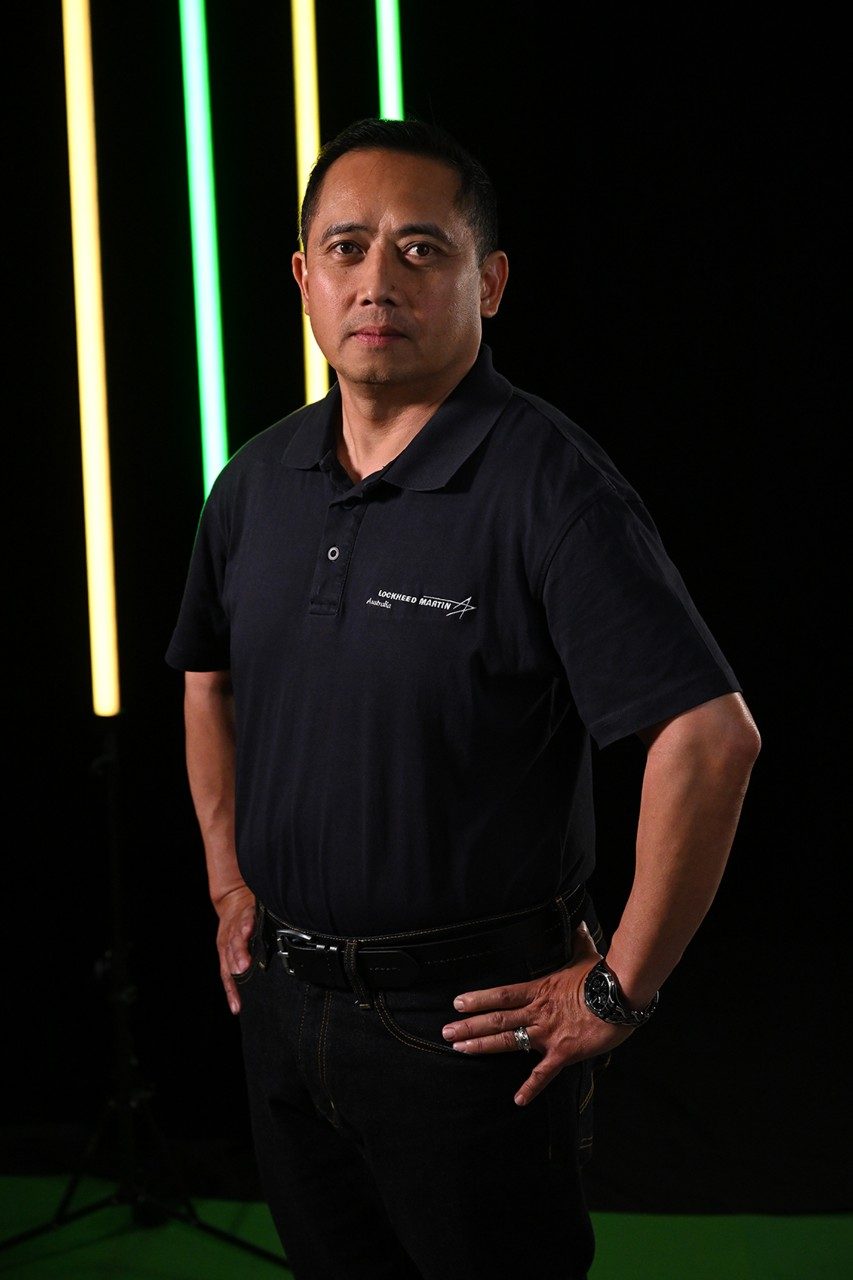
From a young age, Macario has been fascinated by aircraft. His love for aviation was nurtured by his father, who served in the Philippine Air Force. After his military service, Macario's father worked for Lockheed Martin on the C-130 program for 14 years.
“I got to see how much he loved what he did,” Macario said.
Macario and his father were always close, and their shared love of aircraft only brought them closer together. As Macario grew older, he knew that he wanted to follow in his father's footsteps and work in the aerospace industry.
“I immigrated to Australia in 2005 and worked in the automotive industry, but I knew I wanted to be at Lockheed Martin, just like my dad,” he said.
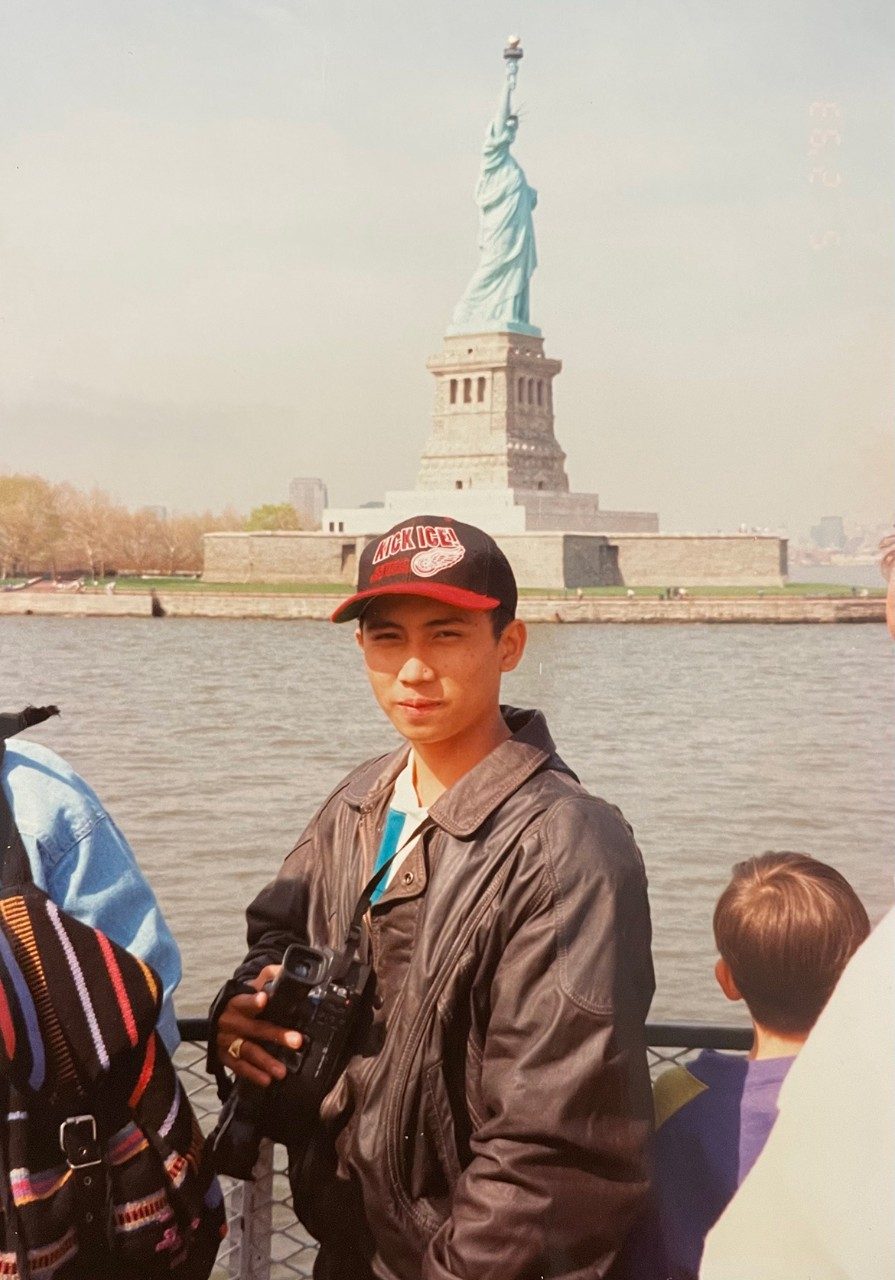
Accepting the Challenge and Making History
After Macario received his job offer from Lockheed Martin almost 10 years ago, Macario’s father challenged his son after learning the news about his employment at Lockheed Martin.
“One thing he told me is if I could beat his 14 years of service with Lockheed Martin--that's a challenge for me,” Macario said. “And look at me now.”
Now, he is one of the five Lockheed Martin engineers who are making history by traveling to the United States to learn how to bring the most advanced missile defense capabilities back to Australia. The Guided Multiple Launch Rocket System (GMLRS) is an all-weather, precision-guided rocket that increases accuracy, reducing the number of rockets needed to complete a mission successfully.
“I'm on my way to ten years,” he said. “Although my dad has passed away, he would be really proud of what I’m doing.”
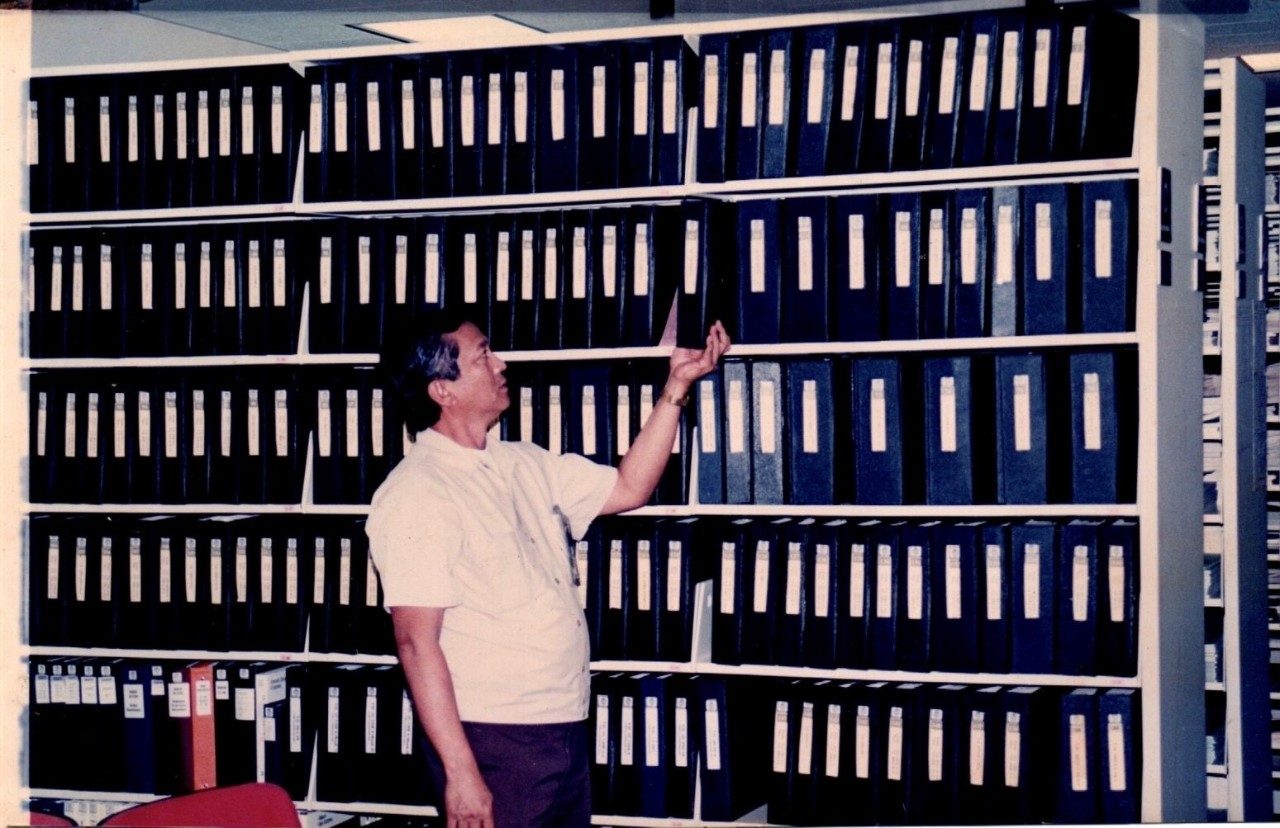
Holding a Legacy Near His Heart
Macario's father gave him his lanyard, which he wore to work with pins that held a special meaning.
At Lockheed Martin, employees are gifted work-anniversary pins after years of service milestones.
“I have his five- and ten-year anniversary pins, and I wear them at work,” Macario said.
Oftentimes, colleagues ask about his lanyard and various pins. Macario shares his dad's story through these pins and years of service certificates. He tells them about their shared passion for technology and keeping their countries safe.
"It reminds me every day that I'm not just working for Lockheed Martin, but I'm following my father's legacy, and I'm proud of it," he said. "He couldn't wait to see what achievements I'll be doing more in the years to come."
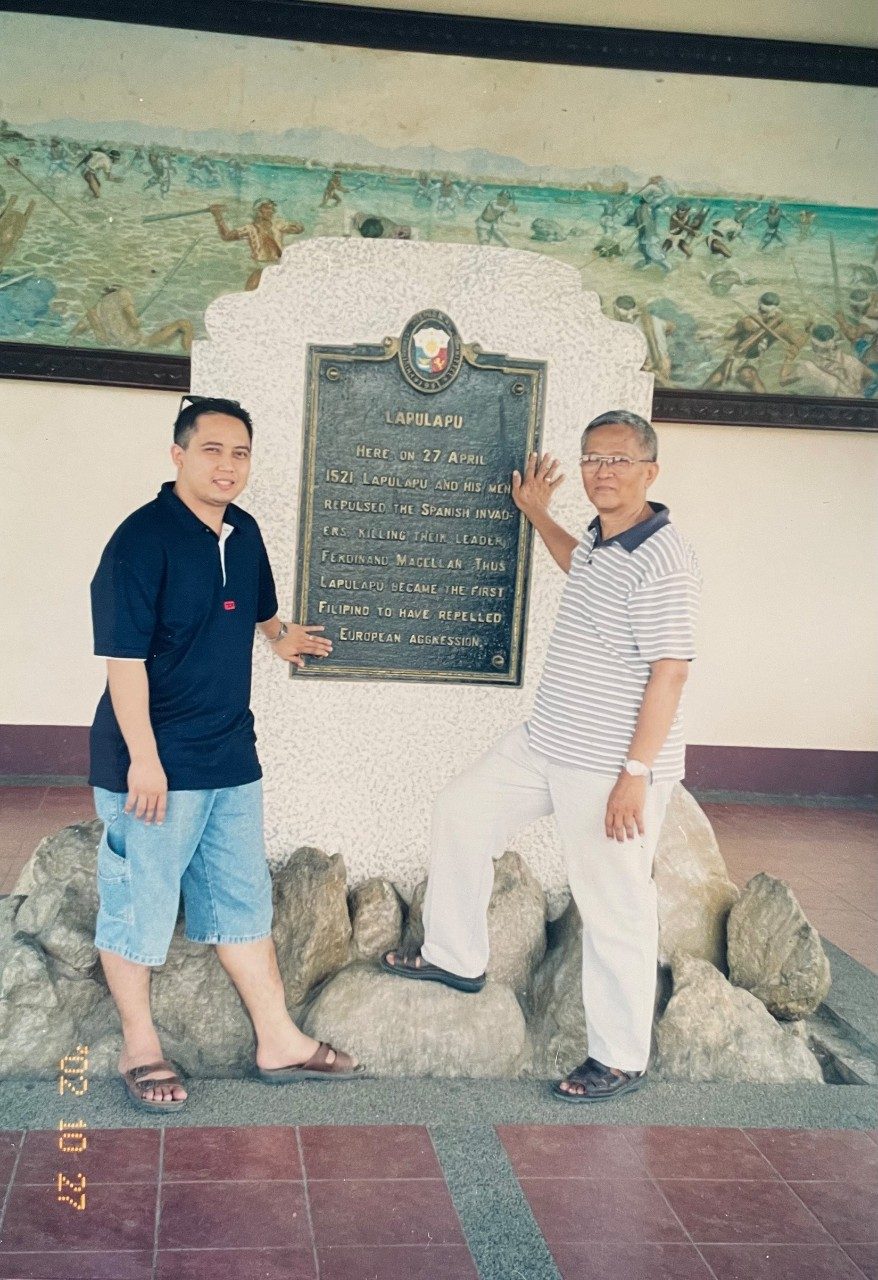
As a kid, Kasey regularly attended air shows in San Antonio, Texas, and became enamored with the P-40 Warhawk – with its intimidating shark teeth on the front.
"I thought it was the coolest thing, and that image never really left me,” said Kasey. “I never stopped thinking about airplanes."
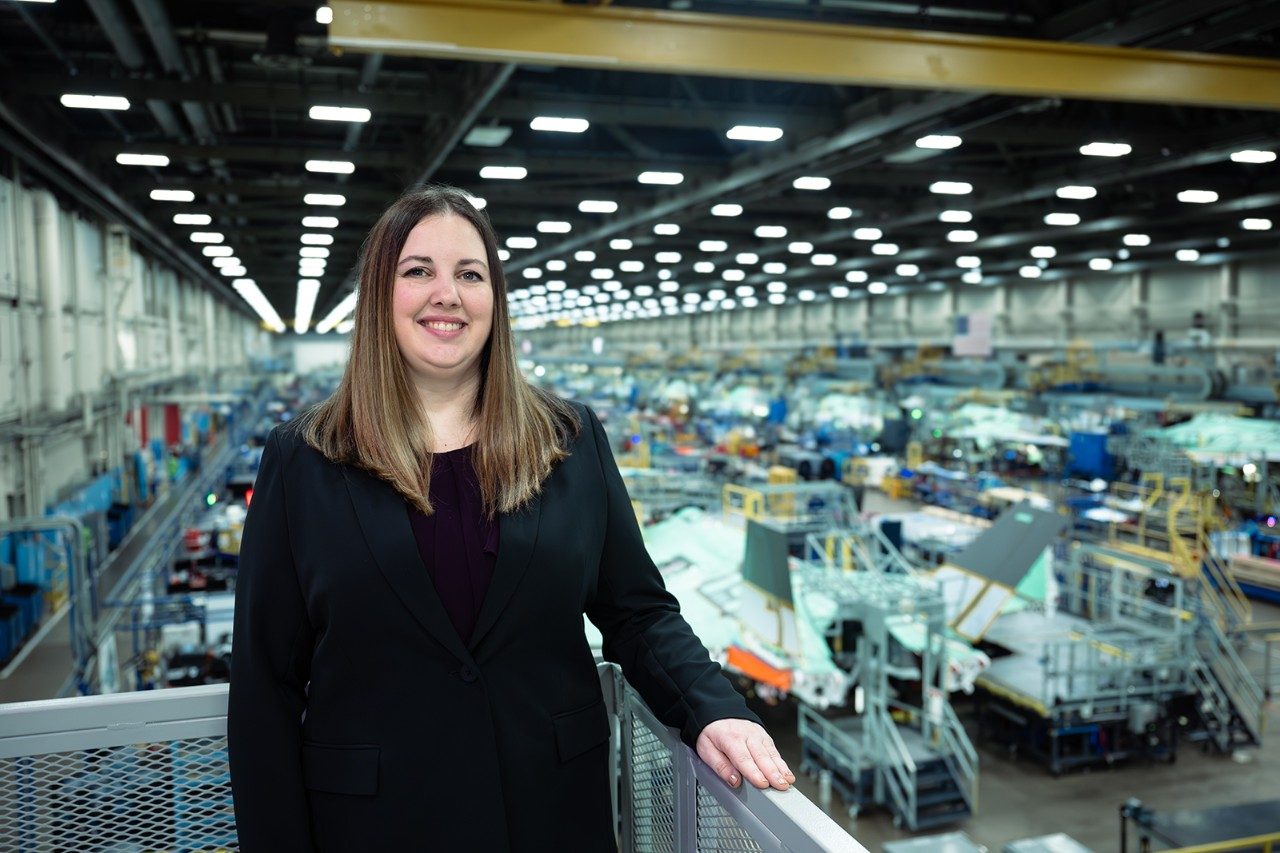
Despite aspirations to study music, Kasey enlisted in the U.S. Army after high school and worked as an aircraft mechanic, which allowed her to work closely with pilots and learn more about aviation. After serving in Operation Iraqi Freedom, she was inspired to earn her aircraft mechanic and pilot's licenses and went on to study human factors engineering at Embry-Riddle University in Daytona Beach, Florida.
Kasey's experience as a pilot led her to a role at Lockheed Martin, where she works on optimizing the cockpit environment for pilots. Her team considers factors like ergonomics, user interface and cognitive workload to create a dynamic, yet manageable environment for pilots.
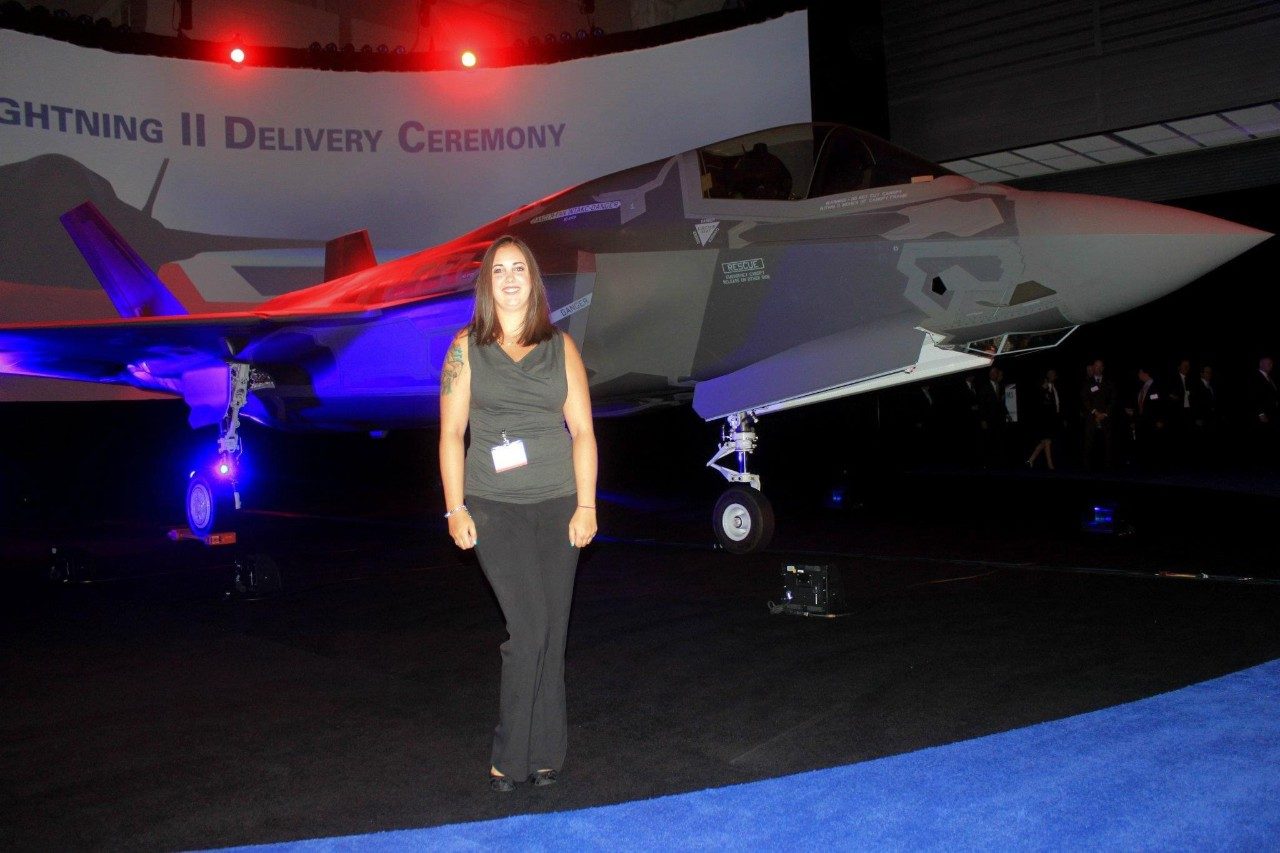
"The cockpit is a very challenging environment for the pilots to work in," said Kasey. "They're constantly being bombarded with information and with all our advanced capabilities today, it can be a lot to manage.”
The human factors team is focused on the layouts that fit the function, even down to the color, size and shape of objects in the cockpit, which all make a difference to the pilot.
Kasey's work at Lockheed Martin has been rewarding and has allowed her to leave a legacy of innovation in the aerospace industry. She encourages anyone who dreams of a career in aerospace to pursue it, no matter their background or circumstances.
"I didn't think that a career in aerospace was a possibility for me when I was a kid," said Kasey. "There are more than one or two ways to become an engineer. I took a sort of unusual path for myself as an aircraft mechanic, and then as a pilot before going back to school. The possibilities in my mind are totally endless.”
